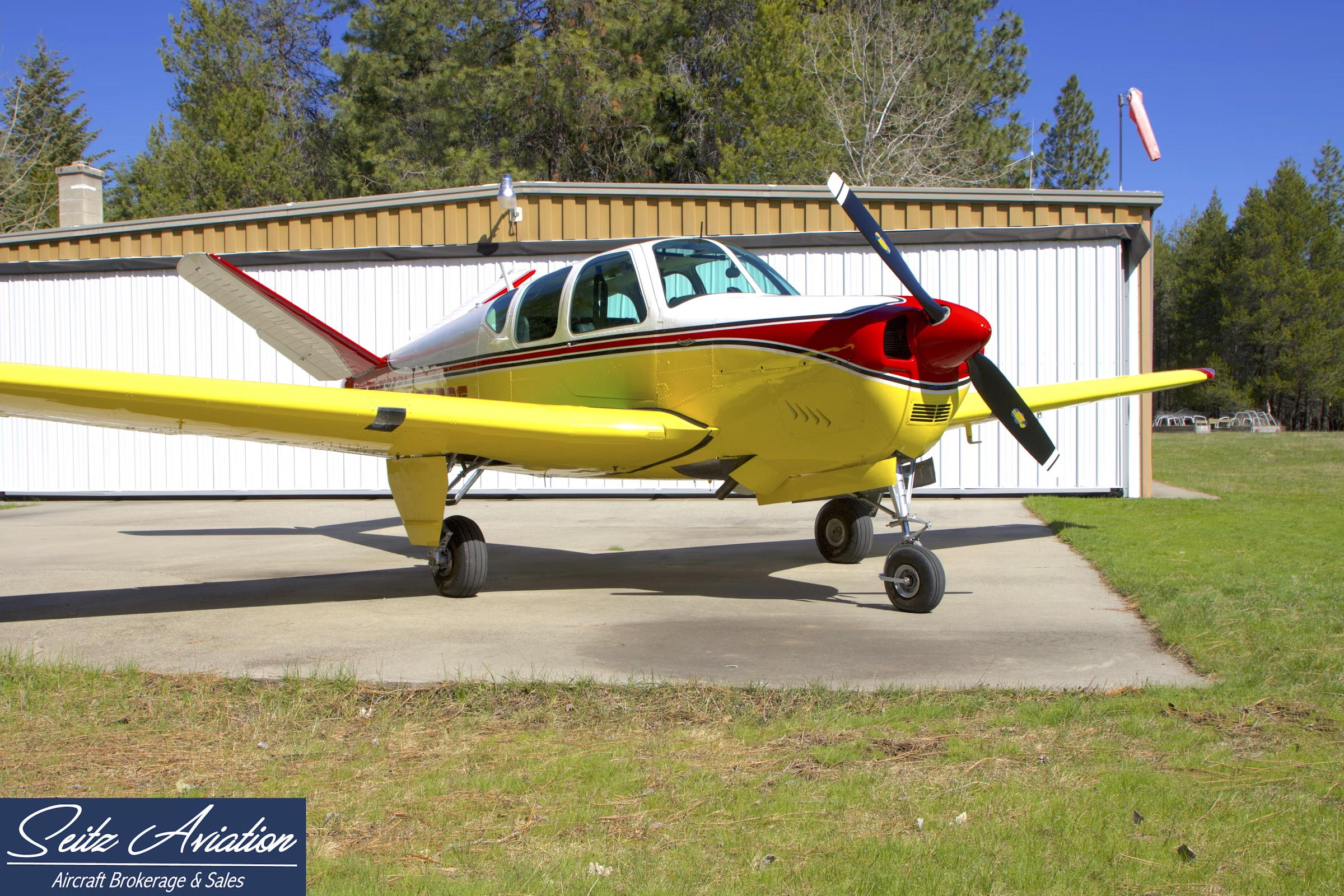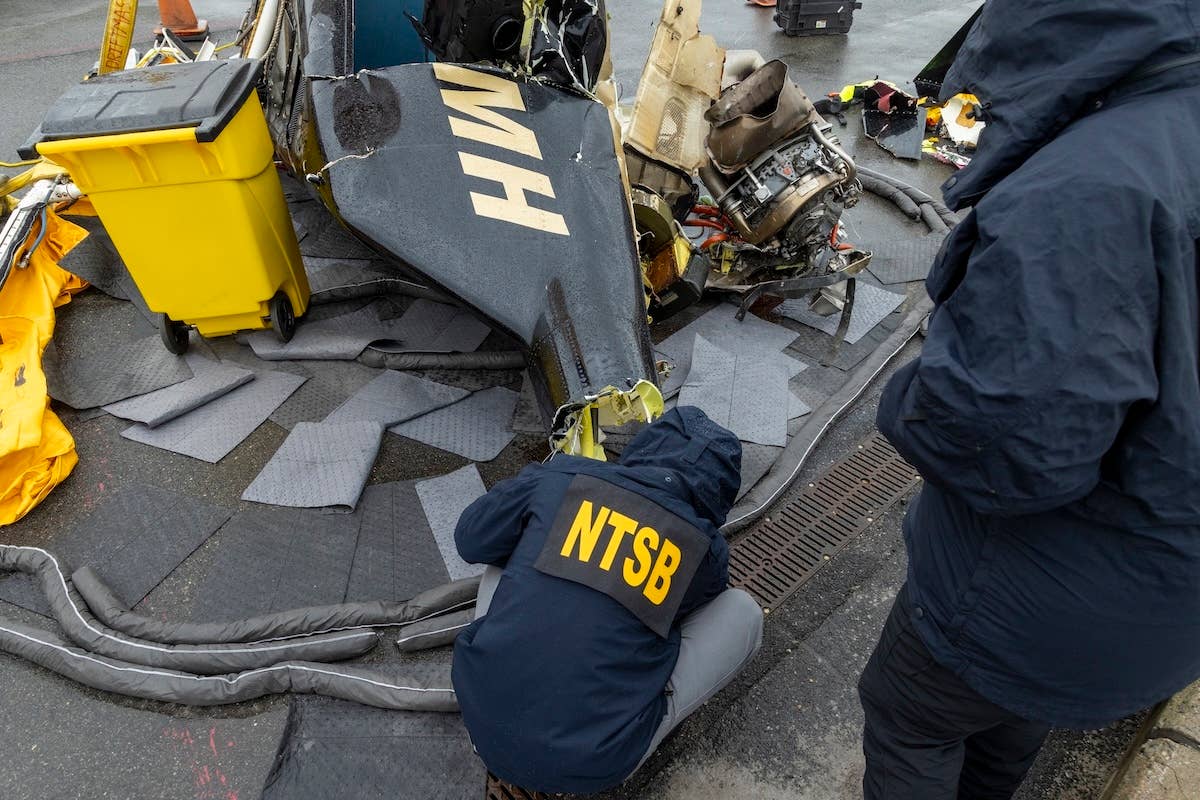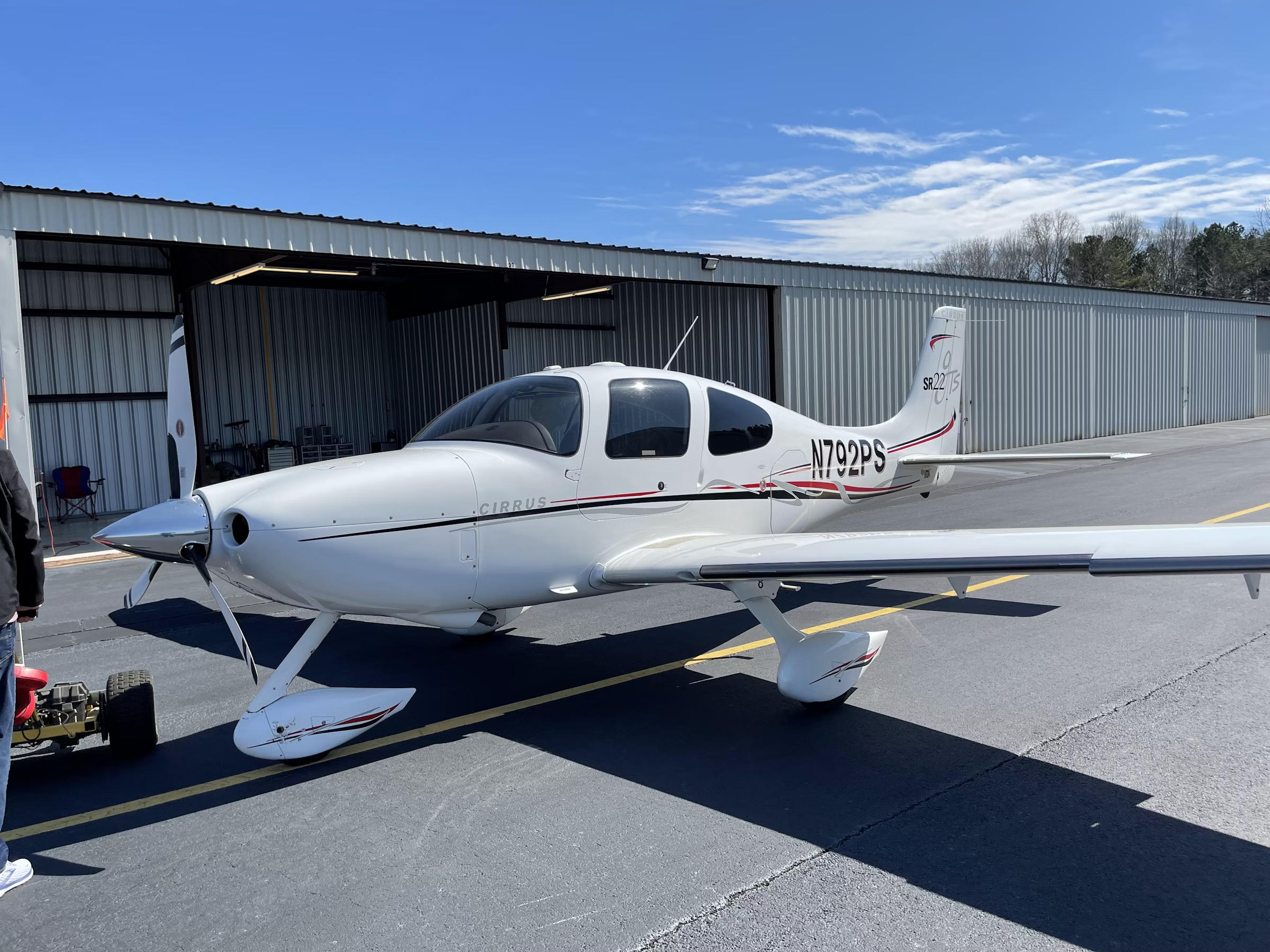Night Flying in Your Ideal Aircraft Should Be Planned, Not Dreaded
Remembering the good parts of student-pilot nighttime training can help get us back out in the dark.

When all the lights are working and your cockpit is organized, night flying begins to feel more natural. [Credit: Jonathan Welsh]
A recent flight helped me to think more openly about strategies for getting the most out of my airplane this year. In short, I realized that letting go of old excuses could yield more flying time if I handled the process reasonably.
I was determined to log what would be my first hours of the year on a recent Friday and had planned to be in the air by midmorning, which soon degraded to midday, then midafternoon. Just about every action, activity, and preparation took far longer than expected, but I was not going to let that lovely day get away from me. Conditions were ideal. A day like this would be welcome in April but was worthy of celebration in early January.
It was not as if the weather was expected to turn suddenly for the worse. In my stubborn march toward the runway, I was pushing myself but not my luck. The forecast indicated Saturday and Sunday would be more like typical January days in New Jersey – cold and damp. If I was to take in a few hours, it would be now. With the oil warm and pre-takeoff checks complete, I finally announced our departure and steered Annie, our Commander 114B, onto Runway 21.
Her Lycoming truly loved the cool, dry winter day, and soon I was reveling in the excess of power as the aircraft leapt from the tarmac. Soon we crossed the Kittatinny Ridge into New York and headed northwest to explore the Catskills. For a while I pretended not to notice how low the sun had dropped, but it was no surprise that I had, in fact, let the day get away after all. If I was going to get time in the book, most of it was going to be in the dark.
I have mentioned before that night flying is not my favorite part of being a pilot, though I rather enjoyed my night training as a student pilot. I think having my instructor’s company kept those training flights from seeming scary. I have flown at night several times since then but typically on return trips after staying too long at destinations and simply not having enough time to get home before dark. Rarely had I formally planned a night VFR trip.
The one exception was last April when my wife and I dropped our son off at school in New Hampshire on a Sunday afternoon. Having plenty of experience with long goodbyes, I predicted the entire flight would take place well after dark and planned accordingly. It would be my first nighttime takeoff in years and my first from Lebanon Municipal Airport (KLEB).
It can be daunting to lift off into the night sky around Lebanon, which is darker than you might expect. But I knew that once clear of the hills close to the airport I could use Mount Ascutney about 20 nm south southwest in Vermont as a guide. Just stay above the lights on a tower near its peak, and you will clear everything else on the way. Adding a cushion of 1,000 feet helped. While that flight went completely according to plan, it was also the reason I had not flown in the dark since.
Not long after that flight, I was looking into KLEB’s interesting history and kept coming across accidents involving the high terrain that surrounds the place. Northeast Airlines Flight 946 in 1968 is the famous one, but there were others, including a Learjet that descended prematurely on approach to KLEB in fog in 1996, and the wreckage was not found until 1999. Was I failing to recognize the risks of night flying? I never vowed to avoid night flights after reading about KLEB’s challenges, but it seems to have happened anyway.
I thought about that when faced with the day-into-night trip a couple of weeks ago and decided to accept that flying means coming home in the dark occasionally. Night VFR is part of the territory to which private pilots are allowed access, and it seems shortsighted to shun it. I wound up staying aloft well after nightfall, practicing pilotage to find my way to a few other airports before activating the runway lights at Sussex, New Jersey (KFWN), and descending into their warm glow. I had forgotten the special sensory experience of landing with the lights.

Sign-up for newsletters & special offers!
Get the latest FLYING stories & special offers delivered directly to your inbox






